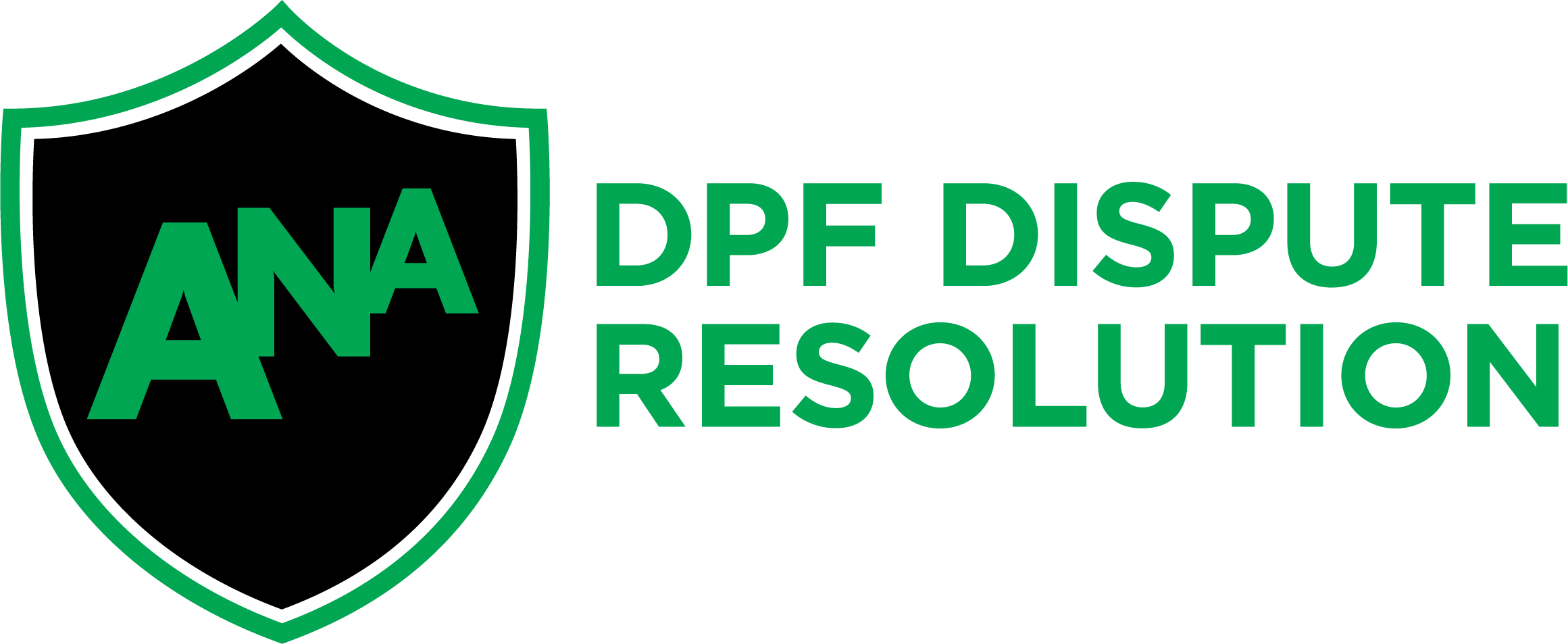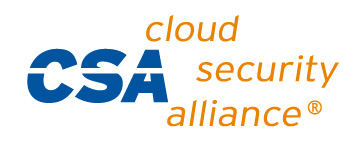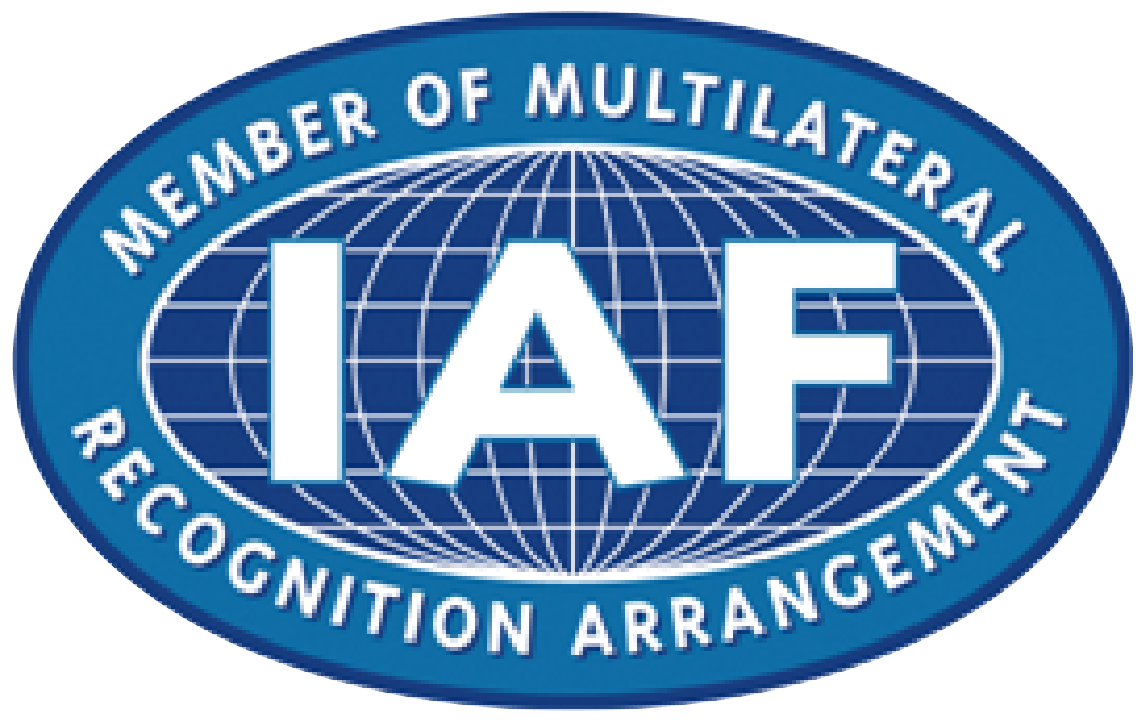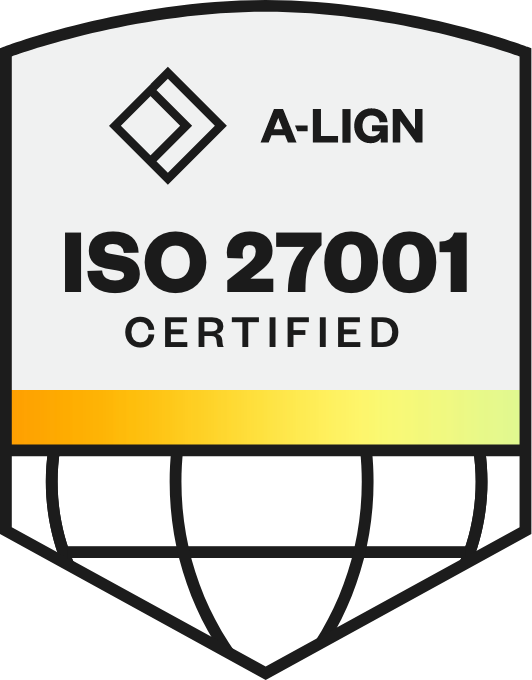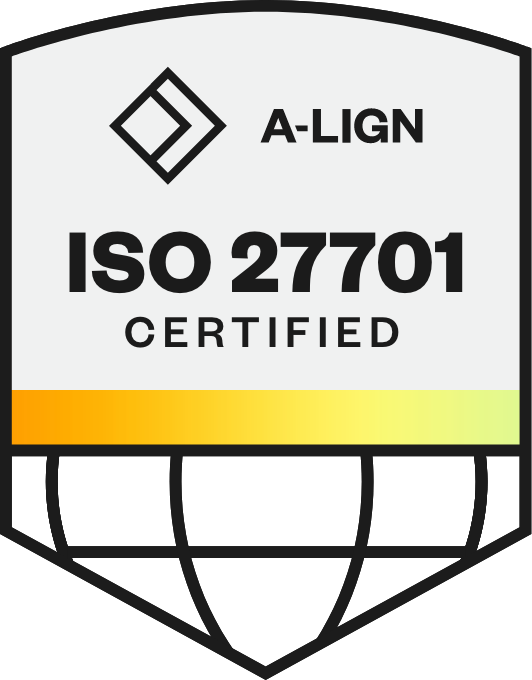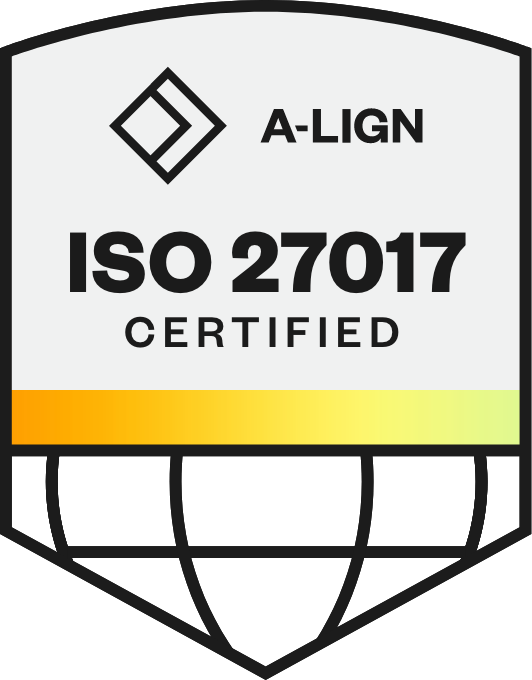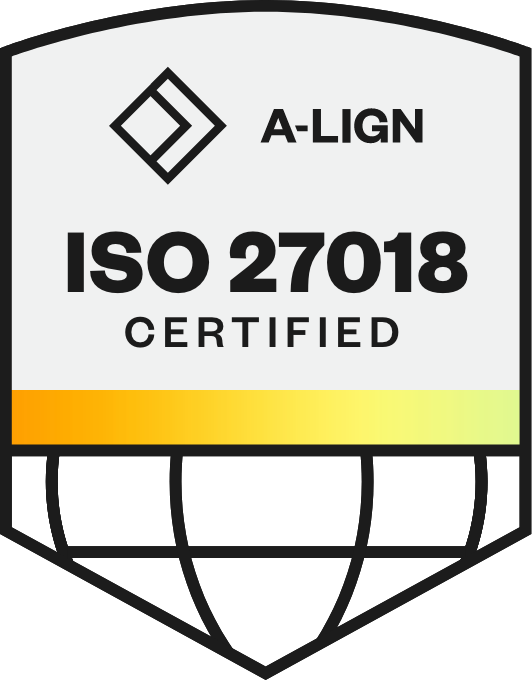
Achieving Agility: EPAM Talks Skills as a Strategy for Flexible Workforce Planning
When it comes to skills-based talent management, most of us are still finding our way. We're figuring out taxonomies, wrestling with skills data, and trying to connect the dots between skills and business outcomes. But what if you'd been doing this for three decades?
That's exactly the case for EPAM Systems, a global software engineering and professional services company with 50,000+ employees worldwide. While many organizations are just beginning their skills journey, EPAM has been refining their approach since 1993.

Sandra Loughlin, Chief Learning Scientist at EPAM Systems, recently pulled back the curtain on their 30-year skills strategy. What she revealed was fascinating — it’s not just a skills framework, but a comprehensive business approach that has fueled remarkable outcomes in retention, engagement, and service quality.
Watch her full presentation here, or catch the highlights below!
The Beginning: Skills as Business Strategy
EPAM's skills journey began in 1993 when the company's founders, software engineers by training, recognized that data-driven decision-making would be essential for matching talent to client projects.
"It all started because as a professional services company, our whole business is matching people to work," explained Loughlin. "We have to figure out what projects clients need, what kinds of skills they need from us. And then we have to go and find the people that have those skills."
What began as tracking skills in Excel spreadsheets evolved into a comprehensive approach that now powers everything from hiring and staffing to career development and performance management. As the company grew, they built sophisticated in-house tools to support their skills-based processes.
Unlike many organizations where skills initiatives originate in HR, EPAM took a business-led approach. "The business at EPAM is the one that understands what skills they need because they're working with these people. They see it, they have these people on their teams, they need to hire, they know where the gaps are," Loughlin noted. HR supports implementation, but the business units drive direction based on client needs and market trends.
Beyond HR: The Business Value of Skills
EPAM's perspective on skills transcends traditional HR boundaries. "For me, skills is not about HR, it helps HR. Skills is about business, it's a business tactic to solve your big picture business strategy, especially and including AI related [skills]," Loughlin emphasized.
This broader perspective shapes how EPAM measures success. "For us, the biggest business value is not in better recruitment, although we have that. It's not in better staffing, although we have that. It's our business ability to be agile and respond to new markets," said Loughlin. "The ROI is a very, very big picture business play as opposed to this being an HR initiative."
This business-first mindset explains why EPAM has invested so heavily in their skills infrastructure, focusing on three key challenges:
Business Agility: Responding quickly to varied customer needs
Operational Efficiency: Optimizing talent allocation and avoiding unnecessary hiring costs
Product/Service Quality: Maintaining excellence while achieving speed and efficiency
Related: How Skills Technology Drives TA Excellence
The Foundation: Integrated Data and a Unified Skills Framework
A critical element of EPAM's approach is maintaining a unified skills framework across the organization. "You can't have 15 taxonomies because they don't talk to each other. You can't make it work," Loughlin explained. "You need to really figure out this single source of truth for skills and then build governance around that."
EPAM's integrated data approach extends beyond skills. They've built what Loughlin describes as a "data mesh" where information flows from various systems into a centralized repository.
"The way that we think companies will have to do this in the future, instead of building connections between boxes, you send all the data up. So every box has an up arrow, and all the data flows into this one huge data mesh, a data lake."

This integrated approach enables richer insights and better decision-making across talent processes, while also supporting AI initiatives. "AI can only create value with the data that it has access to. So if you have pools of data that are not connected, your agents actually can't operate and help support the business as a whole," Loughlin noted.
Related: 4 Steps to Becoming a Skills-First Organization
Skills-Based Accountability: EPAM's Performance Approach
Perhaps EPAM's most distinctive practice is tying career advancement directly to validated skills — not self-reported capabilities.
"At EPAM, you can't keep your job and you can't grow in your career unless you show that you have the skills to do that job," Loughlin revealed. "Not that you've self-reported this, but that we have evidence to show that you have those skills."
This creates what Loughlin calls a "pull learning economy" where employees actively seek out development opportunities. "Because their jobs are dependent on them demonstrating skills, we call it a pull learning economy, meaning that they want to learn. If you can get people to actually want to learn and be so motivated that they're going to demand high-quality learning, that's when you are unlocking the potential of your business."
EPAM's learning approach goes beyond content delivery. "Real learning programs are effective when they are not just content, when it's a lot of practice, a lot of feedback, a lot of hand-holding, and mentorship," Loughlin said. The company offers multiple pathways for skill development, allowing employees to "choose their own adventure for how to build those new skills."
Comprehensive Skills Applications
EPAM applies skills data across multiple talent processes:
Career Development and Internal Mobility: "We have career paths where you can go into a system. You can type in any job in the company, and it will give you a learning path with high-quality courses. It will give you mentors. It will give you communities of practice to join."
Staffing and Opportunity Matching: Using skills to match talent to projects and assignments.
Strategic Workforce Planning: Identifying future skill needs and developing talent accordingly.
Hiring: "We hire for validated skills, not what people self-report, but what we can prove."
Related: Redefining Career Growth: How Excellus BCBS Is Using Skills To Transform Internal Mobility
Impressive Results: Retention, Engagement, and Quality
EPAM's skills-based approach has yielded remarkable outcomes compared to industry peers. "We have double the retention numbers of our industry. And the quality of our work is better, according to our clients, than our competitors," Loughlin shared.
These results stem from the company's ability to understand their people and match them to meaningful work. "Because we understand our people, we see them, we make decisions based on them and what they're good at and what they like being good at, we're able to really create much better products and services," expressed Loughlin.
AI Integration: The Next Frontier
EPAM continues to evolve their skills approach, with AI integration representing an exciting advancement. The company is already using AI to enhance skills validation, particularly in hiring.
"We now have AI running alongside, listening to that conversation. At the end of the interview, the AI will say, 'hey, I heard these skills and at this level of proficiency.' And the human says, 'oh, I didn't hear that,' or 'I did hear that, I agree with you,' and so you have them working together," Loughlin explained.
This connection between skills and AI strategy presents a compelling opportunity for HR leaders. "If you can tie your skills initiative to your AI initiatives, it's going to go somewhere because this is what every company is working on," advised Loughlin.
Related: Moving into the Fast Lane: Becoming an AI-fueled, Skills-based Organization
Getting Started: Technology Considerations
For organizations beginning their skills journey, EPAM offers practical advice about technology selection based on three key factors:
Interoperability: "When you're looking for technology, you want to look for interoperability. That's the number one most important thing," Loughlin recommended. "If they don't work with each other, you should get rid of them because they're not gonna be creating any value for you long-term."
Rich, Deep Skills Data: "As you start making increasingly more complex decisions with your skills data, it needs to be rich."
Customizability: Different industries have different skills needs, requiring flexibility to adapt systems to specific requirements.

While EPAM built custom tools due to their unique history, Loughlin acknowledged that most companies should leverage existing solutions. "If you can imagine how much it costs for us to build and maintain all of these tools on our own... I think that goes to show that our executive team believes wholeheartedly that this is core to our business success, and why companies need to be on this journey and leveraging tools like Phenom to help them get to where we are today."
Related: The ROI on This Fortune 500 Company’s Skills-Forward, Employee-First Business Model
Key Takeaways for HR Leaders
EPAM's three-decade skills journey offers valuable lessons for organizations at any stage of implementation:
Make skills business-led, not just HR-led. Connect skills initiatives directly to business strategy and market needs.
Establish a single source of truth. Build unified skills frameworks rather than disconnected taxonomies.
Focus on skills validation, not just self-reporting. Develop methods to verify skills through observation, work products, and assessments.
Create incentives for skill development. Tie career growth and advancement to demonstrated capabilities.
View skills as data. "We view skills as data. And it's just a version of data-driven decision-making," Loughlin noted.
Connect skills to AI initiatives. Position skills data as foundational for AI transformation efforts.

As organizations navigate their own skills journeys, EPAM's experience demonstrates that a thoughtful, integrated approach can yield tremendous business value through improved retention, engagement, agility, and ultimately, business performance.
Ready to start or advance your skills-based talent strategy?Download the 2024 State of Skills report for benchmark data, implementation strategies, and actionable insights to help you build a skills-powered organization.
Apurba is a writer who specializes in creating engaging content, backed by storytelling, data, SEO and a cup of coffee. When she’s not writing, she’s reading, cooking fusion food, or curiously traveling like a local.
Get the latest talent experience insights delivered to your inbox.
Sign up to the Phenom email list for weekly updates!



